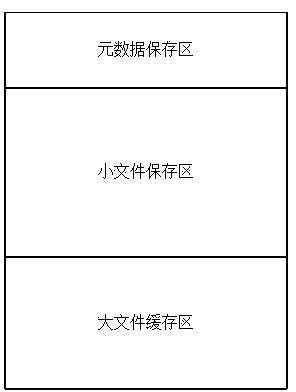Distributed file system
A distributed file and file technology, applied in transmission systems, electrical components, input/output to record carriers, etc., can solve problems such as performance limitations, inconvenient management, and inability to efficiently store a large number of small files for global management, etc. Writing efficiency and breaking through bottlenecks
- Summary
- Abstract
- Description
- Claims
- Application Information
AI Technical Summary
Problems solved by technology
Method used
Image
Examples
Embodiment 1
[0043] Such as figure 1 with 2 As shown, it is a structure diagram of a specific embodiment of a distributed file system of the present invention. see figure 1 with 2 In this specific embodiment, a distributed file system specifically includes a large file storage server, a large file metadata management server, and a cache server, and the large file storage server, the large file metadata management server, and the cache server are sequentially connected together, The cache server is used to connect to users to receive user requests, process user requests and return request results to users. During this process, when the cache server cannot handle user requests, it usually forwards the user requests to the large file metadata management server for further processing. Request processing, and the result of request processing will also be returned to the user through the cache server. At this time, the cache server does not perform any processing on the user request and the r...
PUM
 Login to View More
Login to View More Abstract
Description
Claims
Application Information
 Login to View More
Login to View More - R&D
- Intellectual Property
- Life Sciences
- Materials
- Tech Scout
- Unparalleled Data Quality
- Higher Quality Content
- 60% Fewer Hallucinations
Browse by: Latest US Patents, China's latest patents, Technical Efficacy Thesaurus, Application Domain, Technology Topic, Popular Technical Reports.
© 2025 PatSnap. All rights reserved.Legal|Privacy policy|Modern Slavery Act Transparency Statement|Sitemap|About US| Contact US: help@patsnap.com



